

Pages: 02/25/2014
Format: eARC
Buy on Amazon • Series Reading Order •
In France at the end of the nineteenth century a great debate raged over the question of whether someone could be hypnotically compelled to commit a crime in violation of his or her moral convictions. When Toussaint-Augustin Gouffé entered 3, rue Tronson du Coudray, he expected nothing but a delightful assignation with the comely young Gabrielle Bompard. Instead, he was murdered—hanged!—by her and her companion Michel Eyraud. The body was then stuffed in a trunk and dumped on a riverbank near Lyon.
As the inquiry into the guilt or innocence of the woman the French tabloids dubbed the "Little Demon" escalated, the most respected minds in France debated whether Gabrielle Bompard was the pawn of her mesmerizing lover or simply a coldly calculating murderess. And, at the burning center of it all: Could hypnosis force people to commit crimes against their will?
I received this book for free from in exchange for an honest review. This does not affect my opinion of the book or the content of my review.
Review by Travis Starnes
Little Demon in the City of Light promises a gruesome crime and sensational trial, and that is exactly what it delivers. The book focuses on a murderous couple, Gabrielle Bompard and Michel Eyraud, their murder of a wealth Parisian, and the novel defense that Gabrielle was hypnotized into committing the crime.
This book reminds me heavily of Devil in the White City. While it isn’t quite as good as the Pulitzer Prize winner, it gets very close. The similarities strike me not simply because the book follows a gruesome murder, but in the narrative way the events are told and the tone that is used throughout the book. Levingston is a skilled writer and it shows as he manages to weave together the story in a very compelling way. True crime novels has a tendency to get a little lazy and let gruesome events try and carry to story rather than frame the events with good story telling. Luckily Levingston did not fall into this trap. I could imagine a weaker story teller creating a fairly drab and boring book out of these same events, which are not in of them terribly complex. Considering this crime occurred at the same time as the Jack the Ripper murders, it could suffer from the comparison if not told in the right way.
The other thing that really helps this book succeed is the high level of research that was done. Levingston has worked out the smallest details of the investigation and following trial and it feels like every piece of history has made it to the page. Particularly interesting is the depth Levingston goes to in examining and explaining the landscape of the 19th century French legal system. Specifically interesting was the description of how much credibility the courts still the pseudosciences and how little they tried to understand and deal with the mentally ill. Also particularly interesting, although not touched on as much as I would have liked, was the descriptions of the slowly growing field of forensic sciences that was just gaining acceptance. It doesn’t hit the levels covered in say The Poisoners Tale which focused on the same time frame, but it is interesting to see the lengths the police went through before fingerprints and other modern investigative tools.
This is an excellent book and is a must read for those who enjoy period mysteries and true crime. A blending of mystery and history is masterfully achieved and Steven Levingston should be commended on his success.
| Rating Report | |
|---|---|
| Plot | |
| Characters | |
| Writing | |
| Pacing | |
| Cover | |
| Overall: | 4.4 |






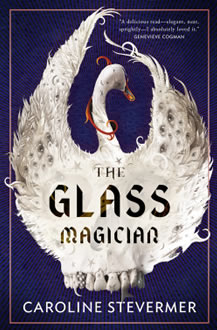

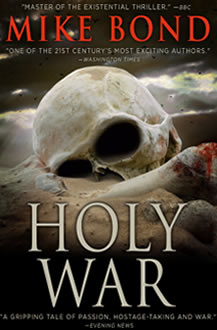



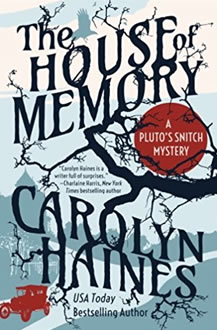
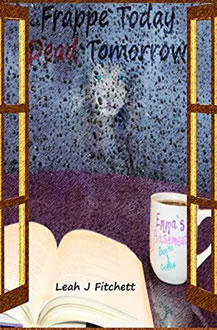

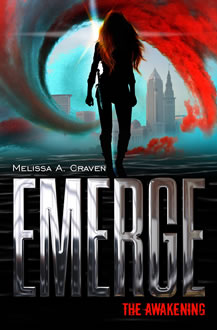

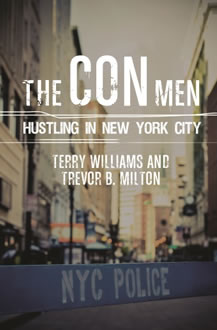
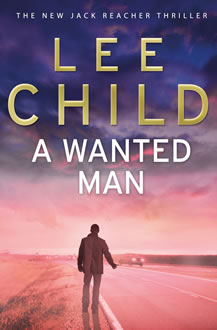

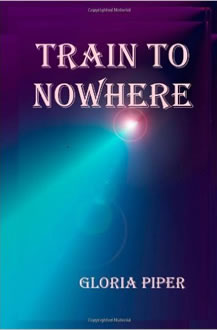




Leave a Reply